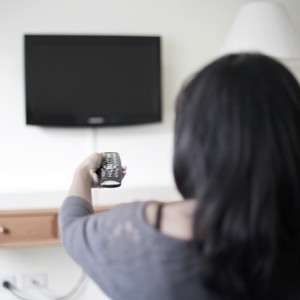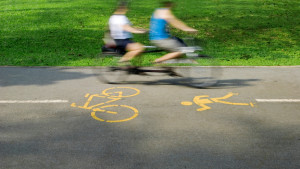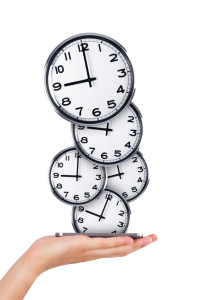 The June gathering in Montreal of American, Canadian, and French movement analysts provided many opportunities for moving, observing, and talking together. This was a daunting enterprise, for not only were participants navigating between two systems of movement analysis but also two languages – English and French.
The June gathering in Montreal of American, Canadian, and French movement analysts provided many opportunities for moving, observing, and talking together. This was a daunting enterprise, for not only were participants navigating between two systems of movement analysis but also two languages – English and French.
To facilitate this exchange, there was a full day of movement workshops based on the themes of flow, weight, and relationship to space. On the Laban Movement Analysis (LMA) side, Kathie and Pat Debenham, Cate Deicher, Tricia Bauman, and Martha Eddy led sessions respectively exploring weight and flow, combinations of weight and flow, space effort, vision and fluid systems. On the Functional Analysis of the Dancing Body (AFCMD) side, Emmanuellle Lyon, Teresa Salerno, and Soahanta De Oliveira led sessions respectively on the related themes of circulation of movement through the body, postural muscle tone and weight, and peripheral vision and the apprehension of space.
As one participant commented, the LMA sessions utilized improvisation to evoke expressive movement while the AFCMD sessions employed set exercises linked to dance sequences to facilitate more functional movement. This only skims the surface of convergence and divergence between the two systems. And indeed, the workshops and collegial discussion was videotaped and will serve as material for ongoing research by the team of Harbonnier-Topin, Dussault, and Ferri.


 As students are grappling with the general concepts and descriptive terms of Laban Movement Analysis, they often ask hypothetical questions. For example, “If I were on board a ship crossing the international dateline while balancing an ice cream cone on my nose, would that be lightness?”
As students are grappling with the general concepts and descriptive terms of Laban Movement Analysis, they often ask hypothetical questions. For example, “If I were on board a ship crossing the international dateline while balancing an ice cream cone on my nose, would that be lightness?”

